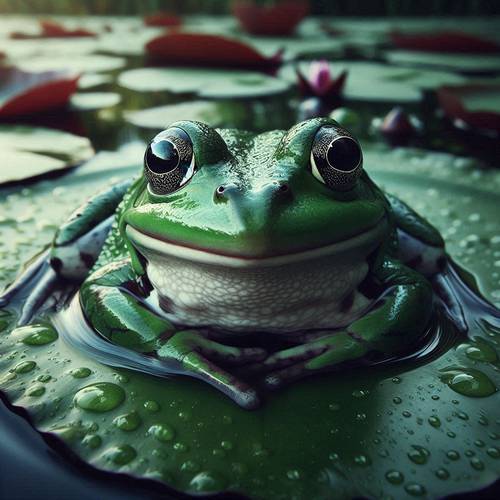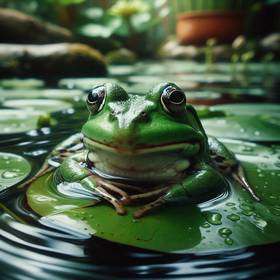Frogs are amphibians with a diverse and primarily carnivorous diet. They mostly consume insects such as flies, mosquitoes, and moths, using their sticky tongues to catch prey quickly and efficiently. Larger frogs have a more varied diet, including small fish, worms, snails, and even other smaller frogs. Their dietary needs depend on their size, species, and habitat.
For example, tree frogs primarily eat insects, while aquatic frogs may feed on small fish and aquatic invertebrates. Frogs play a crucial role in their ecosystems, controlling insect populations and serving as a food source for larger predators. Understanding a frog's diet helps us appreciate their role in maintaining ecological balance and the health of their environments.
TOP 5 food for frogs !
- Insects
- Spiders
- Worms
- Sma Fish
- Snail and Slugs
For example, tree frogs primarily eat insects, while aquatic frogs may feed on small fish and aquatic invertebrates. Frogs play a crucial role in their ecosystems, controlling insect populations and serving as a food source for larger predators. Understanding a frog's diet helps us appreciate their role in maintaining ecological balance and the health of their environments.
TOP 5 food for frogs !
- Insects
- Spiders
- Worms
- Sma Fish
- Snail and Slugs



